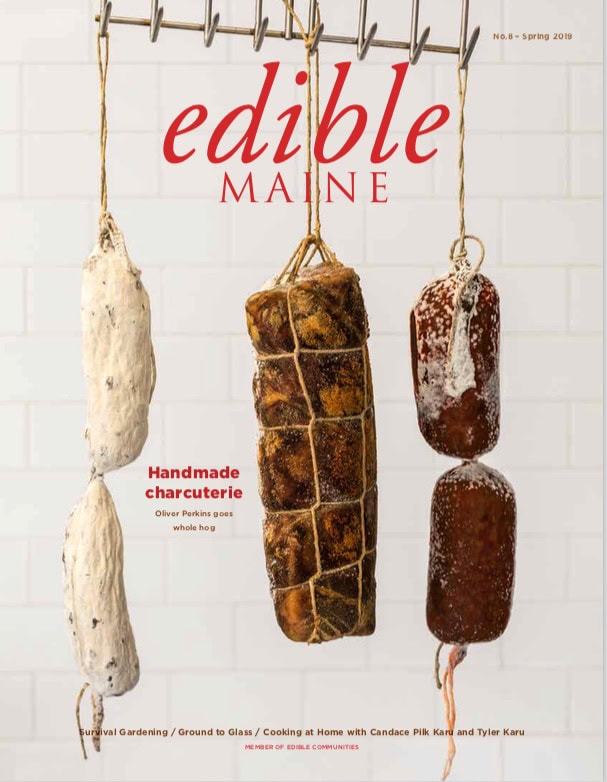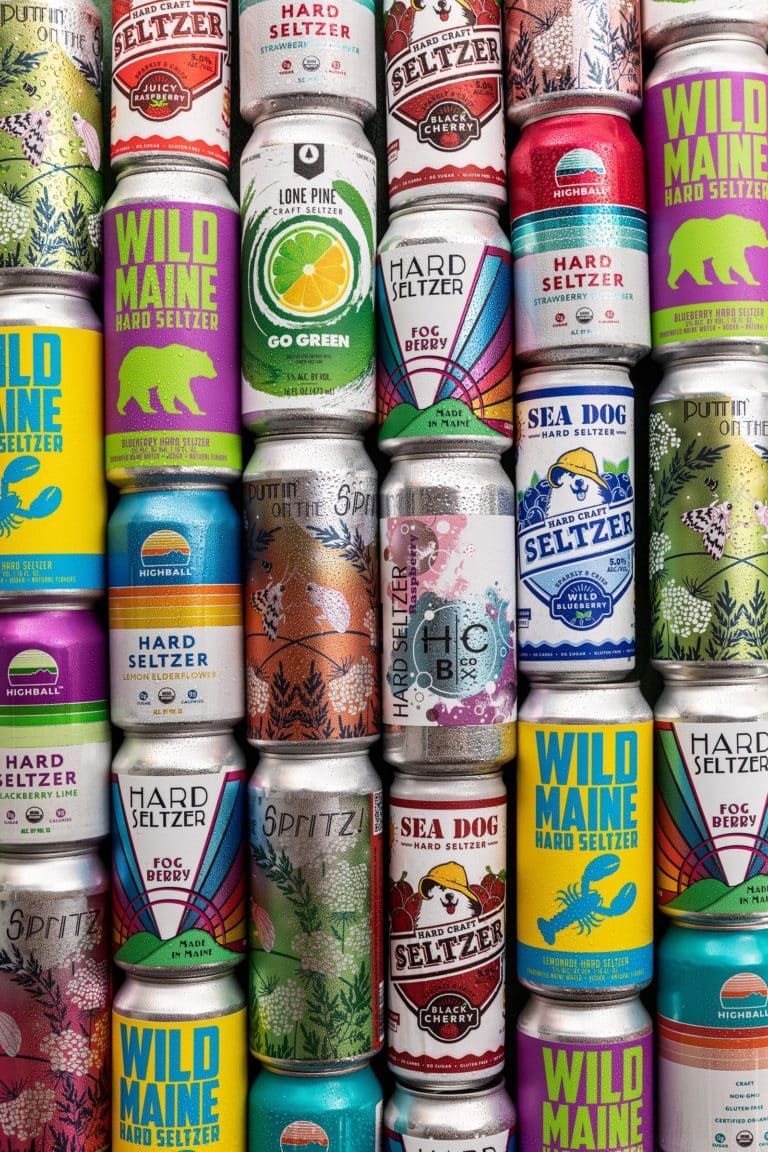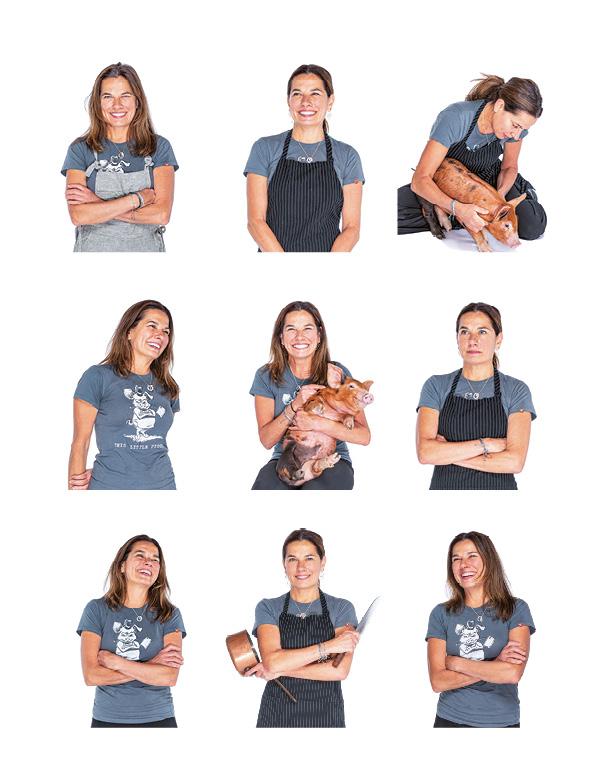Peanut butter and jelly. Pancakes and maple syrup. Biscuits and gravy. The culinary world is packed with perfect pairings. And according to Karen Raye, fourth-generation proprietor of Raye’s Mustard, the esteemed mustard mill and manufacturer based in Eastport, mustard is perfect paired with just about anything.
“Mustard, when used as an ingredient, intensifies and enhances flavor,” says Karen. “You can successfully add it to almost any recipe. There’s so much more to it than what comes in the yellow bottle at the grocery store.”
Sharp, hot, and sometimes bitter, mustard is probably best known as ketchup’s trusty sidekick. But in the case of Raye’s, the sunny condiment’s original companion was a can of sardines. “At the turn of the century, Eastport was teeming with sardine canneries. Not only does mustard pair well with the fish, but it also actually acts as a preservative too,” Karen explains.
While none of the Raye family can say for certain why their ancestor, J. Wesley Raye, decided to start making mustard on Maine’s rocky, easternmost coast at the turn of the century, Karen reckons it was a classic case of supply and demand: “There were at least two dozen canneries in this area and zero mustard mills to serve them.”
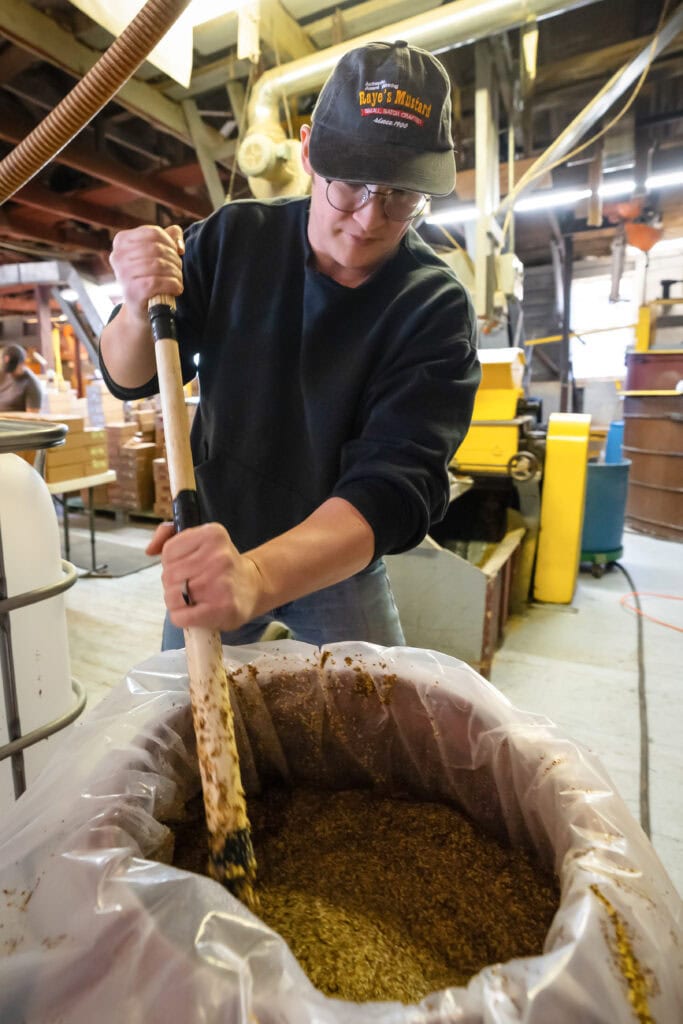
Business acumen aside, milling mustard in a city better known for its lobster, lighthouses, and lightly brined breezes would have struck folks as quite modern (and perhaps inconceivable) in the year 1900. Now, 124 years later, it’s the Raye family’s commitment to preserving J. Wesley’s original vision, equipment, and process that keeps the acclaimed brand cutting edge.
“If we only cared about the bottom line, we wouldn’t do it this way,” Karen says, referencing the traditional cold grind method that she and her team employ to make their award-winning mustard. “Kevin [Karen’s husband and business partner] and I want to retain the brand’s authenticity. We feel strongly that preserving our history and growing our business can—and should—go hand in hand.”
Using J. Wesley’s vintage machinery that dates from the Second Industrial Revolution (including imported French grindstones circa 1903), Raye’s churns out creamy-smooth mustard with a surprising twist. “We’re the last stone-ground mustard mill in America,” Karen says. “All the other mills transitioned to modern equipment. These newer machines process mustard powder, rather than seed, for a fraction of the price. But, in our opinion, they do so at the expense of flavor.”
So, how exactly do the Rayes make their mouthwatering mustard?
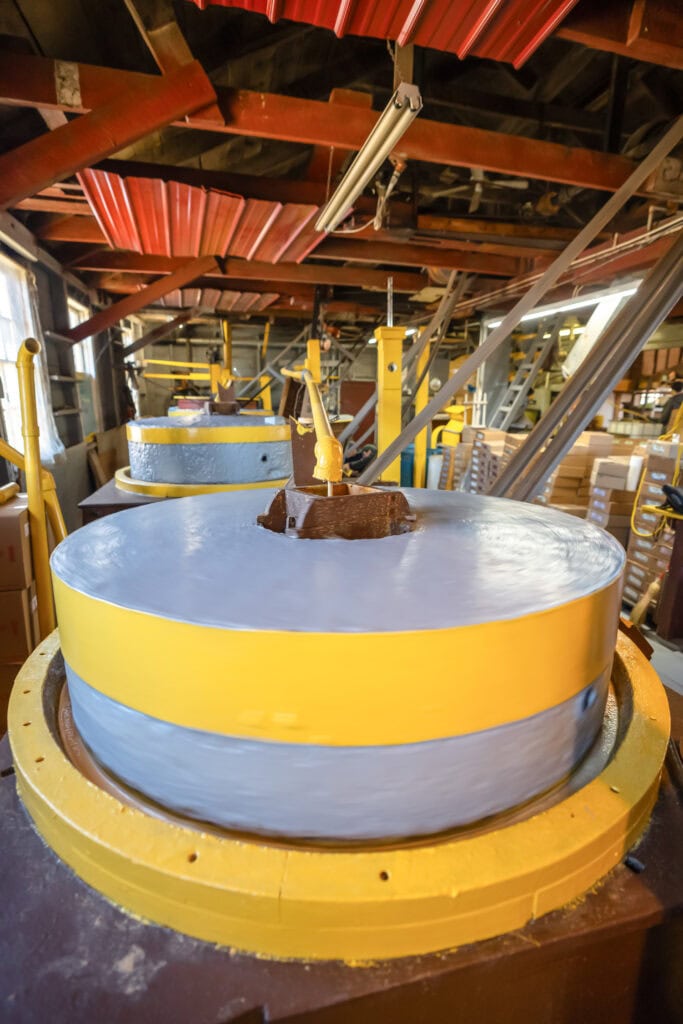
“We use whole seeds from Buck Farms in Mapleton,” Karen explains, outlining the tedious process their team performs to bring those seeds from raw material to award-winning product. “They’re crushed, then soaked in vinegar, water, and turmeric (for yellow mustard) overnight, before being pumped across a series of cold grindstones.”
Continually moving the mustard over these heritage stones (which, Karen emphasizes, are chilled to precision) processes the mustard while preventing it from getting too hot. “This results in a thicker, creamier product. Plus, it preserves all the health benefits of the uncooked seeds.”
As the Rayes strive to sensitively modernize their brand, they’re keeping close tabs on the booming health and wellness foods market.
“Raw mustard seed is incredibly good for you,” Karen says, and the existing literature backs her claim. Selenium, a mineral found in mustard seed, may strengthen bones, nails, hair, and teeth, while antioxidants and other anti-inflammatory properties make it an excellent natural pain reliever. “We’ve heard countless claims that Raye’s Mustard cures leg cramps,” she says with a chuckle. “It’s certainly something we’re interested in studying further.”
Right now, though, the Rayes have their sights set on reviving the on-site Mustard Mill Museum, which they hope will be ready to welcome students and tourists just in time to celebrate the 125-year anniversary of Raye’s Mustard in 2025. “These days, food and tourism are so intertwined,” Karen says, in a nearly eerie echo of the past. While the sardine canneries of J. Wesley’s time have since crumbled, today Eastport is teeming with tourists, and the Rayes are acutely attuned to their many demands.

“We’re working with the cruise ship industry,” Karen says, noting the Eastport Port Authority’s efforts to attract more mid-sized ships to the city’s port. “Today’s tourists not only want to eat good food—they also want to see how it’s made.”
The reimagined museum, Karen hopes, will also ensure that Raye’s Mustard stays firmly rooted in Eastport long after she and Kevin pass the torch. “As we inch closer to retirement, we’re thinking a lot about the legacy of Raye’s. From a production standpoint, Eastport, Maine probably isn’t the best location to run a mustard mill, but we feel strongly about continuing what—and where—J. Wesley started. The museum will tangibly anchor the business here and make it more difficult for future (potentially non-Raye) owners to take the company elsewhere.”
In addition to location, the Rayes are concerned with cementing their business ethos. “It may sound cliche, but the people we work with—even the ones that aren’t related by blood—are our family. Kevin and I run Raye’s with a focus on teamwork and compromise. It’s really important to us that that welcoming, hardworking culture continues.”
Localized collaboration, too, is another vital key that makes Raye’s operational engine purr. “We love working with other Maine companies,” Karen says. “We have a beer mustard that’s produced in collaboration with Geaghan Brothers Brewing Company, who purchases their hops from the same farm that supplies our seeds. It feels good to support our community in such a tangible, full-circle way.”

While Karen and Kevin’s eventual succession plans have yet to be set in stone, Karen has her sights set on a possible fifth generation. “We’re having the right conversations with the right people,” she says. “We can only hope.”
And we can only hope that whoever is next in line continues to produce two of the brand’s famed signature blends: Maple Horseradish and Sweet & Spicy. “Maple Horseradish is my personal favorite,” Karen says. “I love to mix it with our cranberry-based Fall Harvest as a marinade for broiled pork.”
A perfect pairing, indeed.






